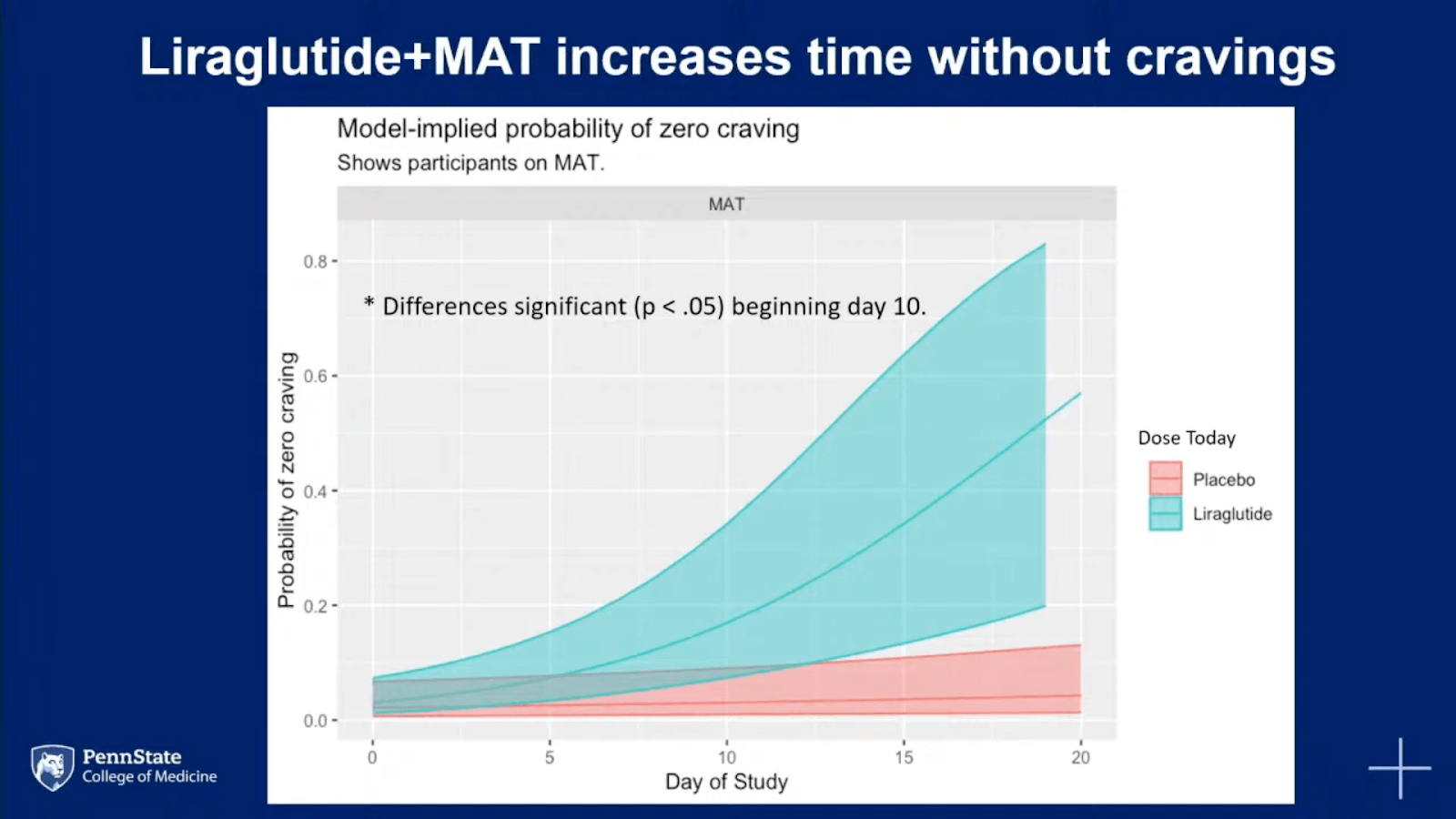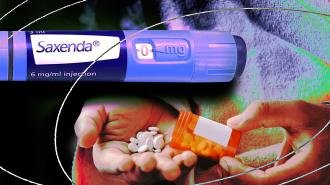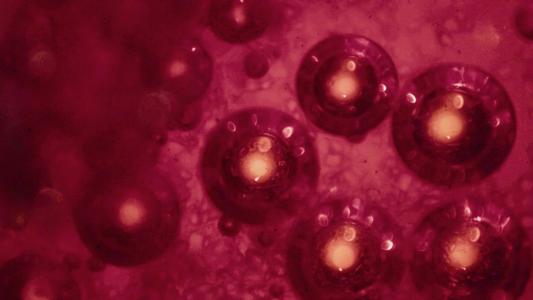A first-of-its-kind trial found that a weight-loss drug could also help people overcome their opioid cravings. If the results hold up in larger studies, there might soon be a new way to help the 2.1 million Americans with opioid use disorder break their addiction.
The background: GLP-1 agonists are drugs that mimic a hormone our bodies naturally release about 15 minutes after we start eating, which reduces appetite and increases the release of insulin.
These drugs have long been used to treat diabetes and have most recently been approved to treat obesity. But some people taking them have reported a decreased desire for drugs and alcohol, too — and studies in animals suggest GLP-1 agonists could be useful addiction treatments.
The weight-loss drug significantly increased the probability of a participant reporting no opioid cravings at all.
What’s new? Penn State University researchers just shared results from the first randomized controlled trial to test a GLP-1 agonist against opioid use disorder (OUD) at the AAAS’s 2024 meeting.
During the three-week trial, 20 people receiving in-patient treatment for OUD were given daily shots of either a placebo or an escalating dose of liraglutide, an older GLP-1 agonist approved to treat obesity and diabetes.
Some participants opted to take buprenorphine, an approved OUD treatment, as well.
Cutting cravings: Four times a day, the participants received phone notifications asking them to rate their opioid cravings, and according to AAAS presenter Patricia “Sue” Grigson, one of the trial’s principal investigators, people taking liraglutide craved opioids significantly less than people taking the placebo.
Among those also taking buprenorphine, by the tenth day of the trial, liraglutide significantly increased the probability of a participant reporting no opioid cravings at all.
“We were really excited to find that there could be any time in anyone’s day that early in treatment, within days of starting their recovery when they might say, ‘No, I’m actually not craving this at all’,” said Grigson, according to the Times.

The cold water: The trial was very small, and 11 of the 20 participants dropped out early, often due to gastrointestinal side effects caused by liraglutide, according to STAT News. People taking both liraglutide and buprenorphine had fewer stomach issues and were less likely to drop out, though, suggesting the combo therapy may be more tolerable than the drug alone.
Tolerability aside, it’s a lot easier to avoid craving triggers in a treatment center than the “real world,” so more research is needed to see whether promising results from this setting translate to fewer relapses over time.
Looking ahead: The Penn team is already planning a placebo-controlled trial involving 200 people at an outpatient care facility, with 100 on buprenorphine and 100 on methadone, another OUD treatment. Half of each group will receive the GLP-1 agonist semaglutide, sold as Ozempic/Wegovy.
“We have chosen semaglutide over liraglutide because semaglutide is injected once/week, while liraglutide is injected once daily,” Grigson told Freethink. “The once/week injection is greatly preferred.”
“Additionally, in a meta-analysis, semaglutide has been found to be more effective than liraglutide in reducing body weight,” she continued, “and it has a better safety profile.”
The upcoming trial will last three months and will measure both opioid cravings and abstinence from taking the drugs. If semaglutide performs well in it, it could one day serve triple duty as a treatment for diabetes, obesity, and opioid addiction.
We’d love to hear from you! If you have a comment about this article or if you have a tip for a future Freethink story, please email us at [email protected].






